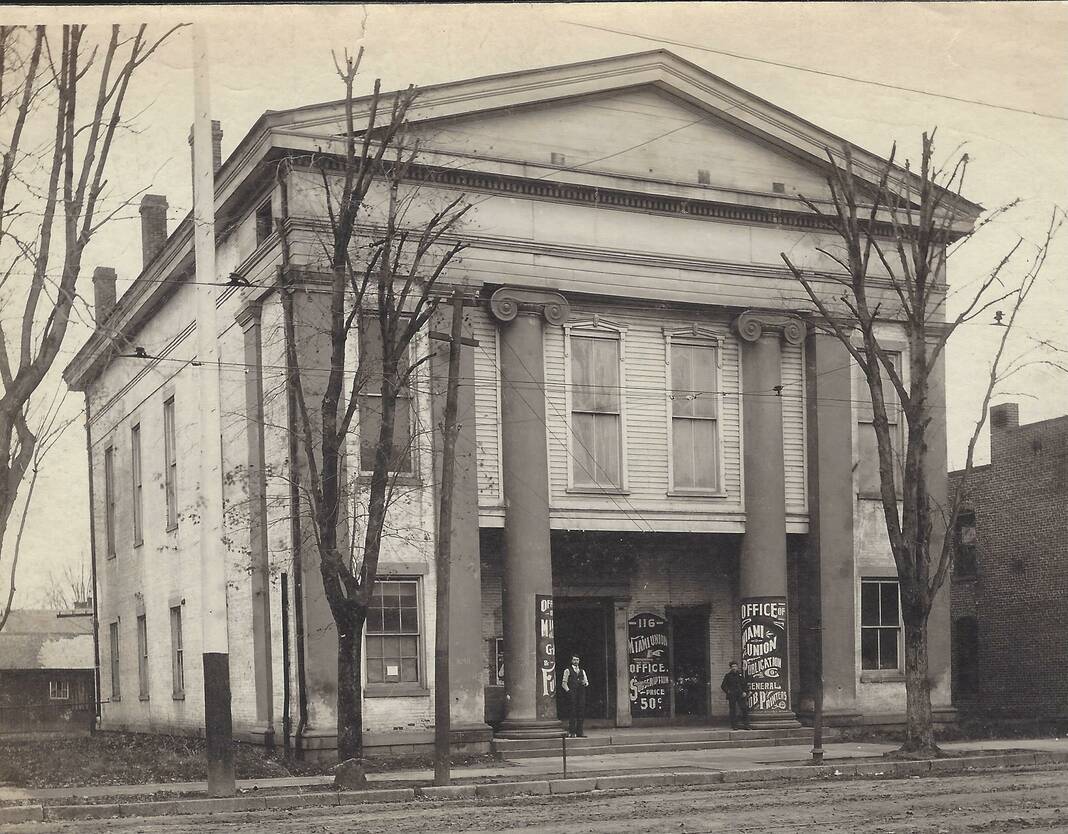
The old courthouse building located on West Main Street, photographed sometime between 1892 and 1902.
Photo courtesy of Troy Local History Library
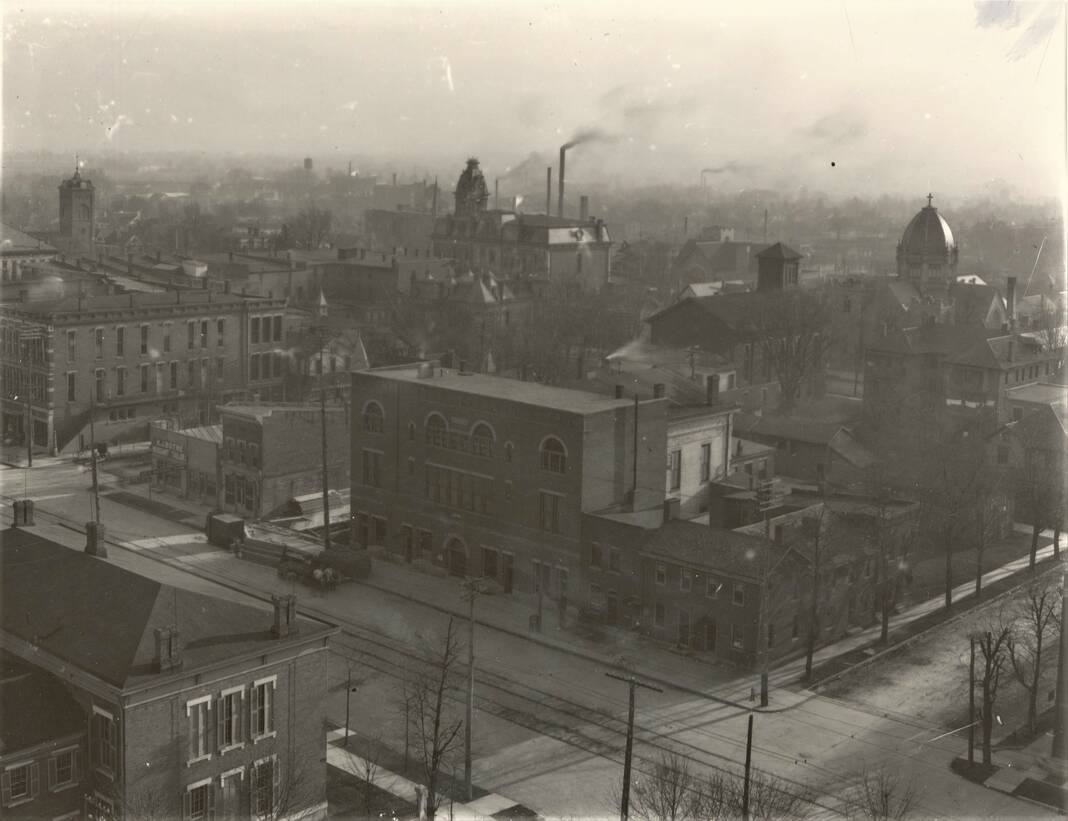
An image of the Tavern Building dated 1908, after the IOOF addition was completed.
Photo courtesy of Troy Local History Library
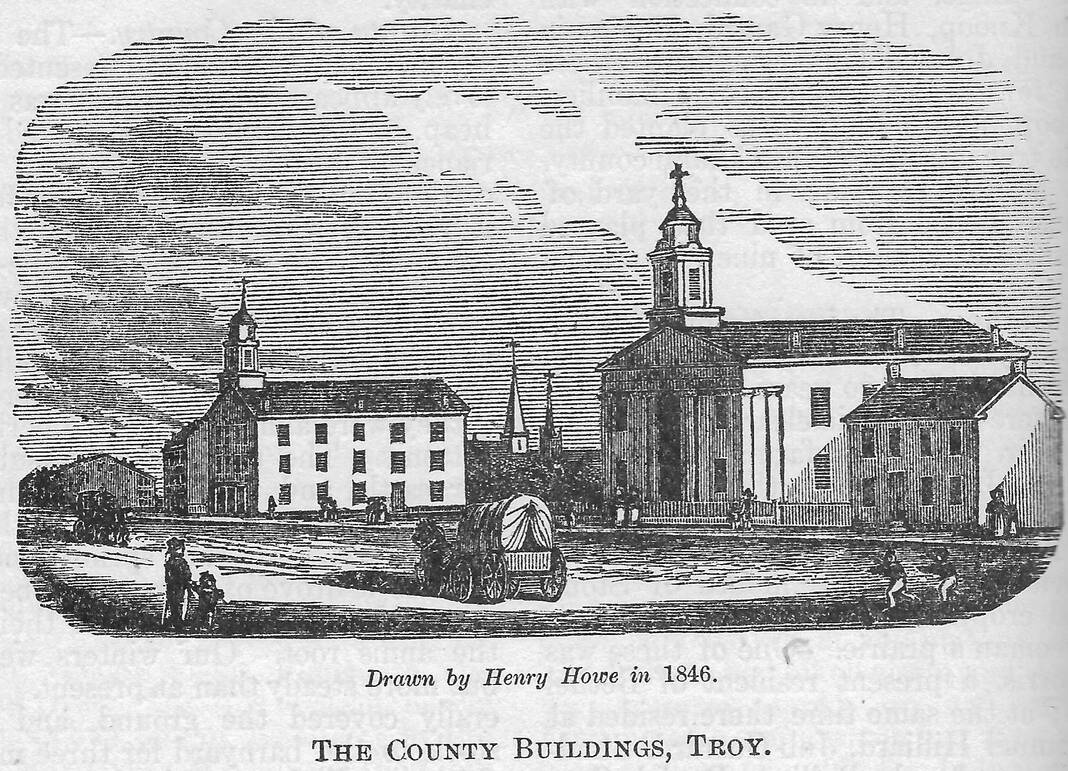
A line drawing of the old courthouse building by Henry Howe in 1846.
Photo courtesy of Troy Local History Library
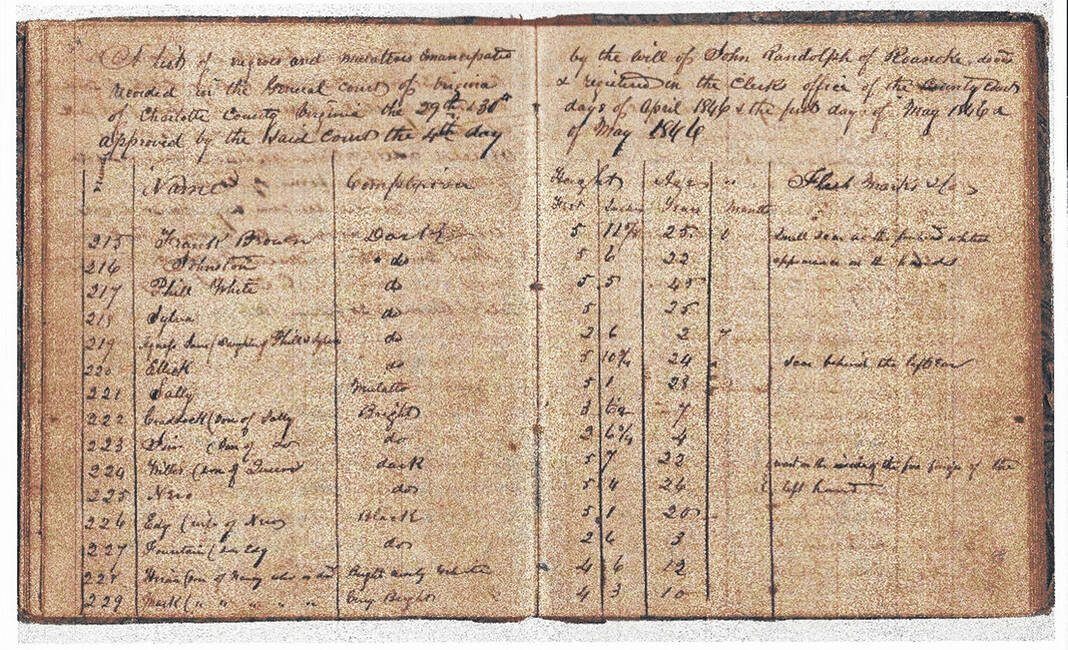
The first page of the record of the Randolph Freed People in Miami County, 1846.
Photo courtesy of Troy Local History Library
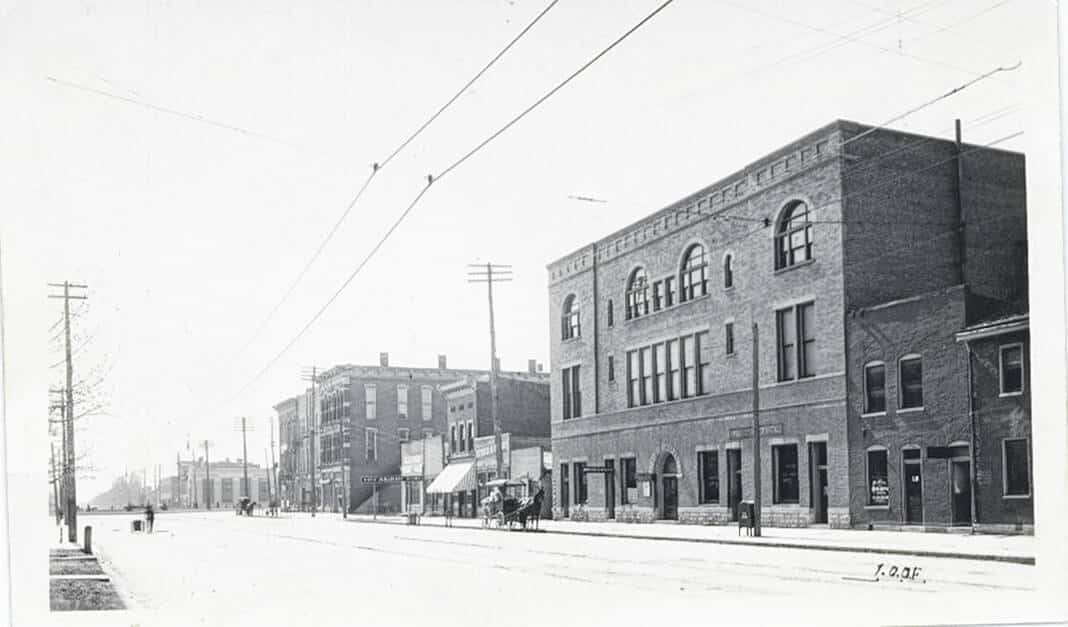
The Tavern Building on West Main Street as it appeared in 1910.
Photo courtesy of Troy Local History Library
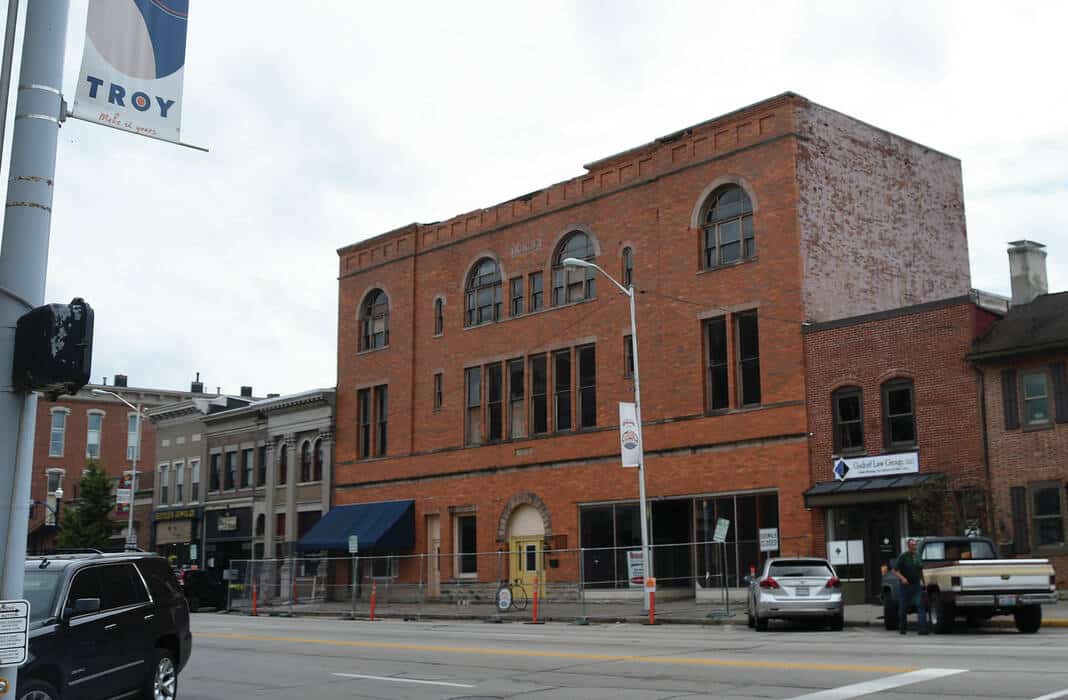
Members of the Independent Order of Odd Fellows (IOOF) added the Tavern Building’s brick exterior between 1902 and 1904. Parts of the old courthouse building still remain intact inside the current structure.
Mike Ullery | Miami Valley Today

The county courthouse as it appeared sometime around 1900-1901. This undated photograph taken from the top of the new courthouse built in 1888 shows the building prior to the IOOF addition.
Photo courtesy of Troy Local History Library
TROY — Downtown Troy has undergone many changes since the Tavern Building, also known as the 100F Building, was first constructed as the new county courthouse in July of 1841.
“The Tavern Building was originally constructed as a courthouse for the County of Miami,” Troy Historical Society President Judy Deeter said. “The entire cost, including the bell tower, the bell, iron railing, the lightning rods, the wooden fence and the necessary was $15,325.”
Located at 116 W. Main St., the Tavern Building replaced a previous courthouse that had been on the downtown square, and served as the county’s courtroom from 1841 until 1888.
“The back part of the building is the original courthouse built in 1841,” Deeter said.
“The courtroom, which is still intact, was located on the upper floor of the building, with a side judge’s chamber,” Troy Local History Library archivist Patrick Kennedy said.
Kennedy has written two articles on the Tavern Building’s history, which are available at the Troy Local History Library.
The courthouse building was known for its architecture, and especially two large columns that were located on both sides of the front entrance. Several noteworthy cases were tried in the courthouse, including the case of Jane E. Ragen in 1855, “one of the few women tried in 19th century Miami County,” Kennedy said.
George Mitchell, the only person ever executed in Miami County, was also tried at the courthouse in the Tavern Building. “There was a murder trial of an African-American in 1878,” Deeter said. “George Mitchell was accused of murdering his wife Anna, who was the daughter of freed Randolph slave Michael Cole. Mitchell was found guilty and sentenced to be hanged. The trial was at the courthouse, and the hanging of Mitchell just behind the building.”
“A few years later, the state decided that executions would only take place in Columbus at the penitentiary,” Kennedy said.
The courthouse was also used for the registration of African-Americans.
“From the so-called Black Laws of 1804 and 1807, and extending to 1849, when they were abolished, any African-Americans entering Ohio were required by law to state their intent to settle in the county of ‘choice,’ present any papers proving their freedom and post a $500 bond,” Kennedy said.
“This would have been the courthouse where any of the Randolph Freed People and/or their representatives would have had to appear when they settled in Miami County,” Kennedy said. “It is known that the representative appeared in the clerk’s office. It is possible a few leading Randolphs accompanied him, but the process was accomplished in this old court building.”
Following the construction of a new courthouse across the street and one block down in 1888, the building was sold to Center Lodge #43 of the Independent Order of the Oddfellows for $7,600.
The Odd Fellows remodeled the old courthouse and added on, constructing a larger brick building that remains largely unchanged today.
“The IOOF on the front of the building stands for the Independent Order of the Odd Fellows,” Deeter said. “The front part of the courthouse was built by the IOOF between 1902 and 1904.”
“This addition is older than almost all of the rest of the buildings on the block,” Kennedy said. “The only buildings older are the law offices on the corner of Main and Plum Streets, and the old courthouse itself.”
The IOOF sold the building in 1939, and over the years many other businesses have also made their home in the Tavern Building. “At one time, it was an office for a Troy newspaper, the Miami Union,” Deeter said.
No one knows for sure why it is called the Tavern Building, but several restaurants and bars have been located in the building over the years including Little York Tavern, the Flash Restaurant, the Courthouse Café, the Bamboo Grill, the Pastry Kitchen and LeDoux’s, among others.
“I’m not sure why they referred to it as such,” Kennedy said, “except it was easier to say than “The Bamboo Grill Building.”
Despite its age, the building has never officially been recognized for its historical significance in the past.
“One of the problems in giving historical recognition from an architectural perspective may have to do with the change made to the front of the building,” Deeter said. “Significant architectural changes to a building can sometimes cause it not to be recognized for its historical significance.”
“It is possible that the owners did not want to participate in any attempt, as well,” Kennedy said. “Also, whenever these recognitions are celebrated, it has to tie into how the site contributes to the culture and history of the area.”


